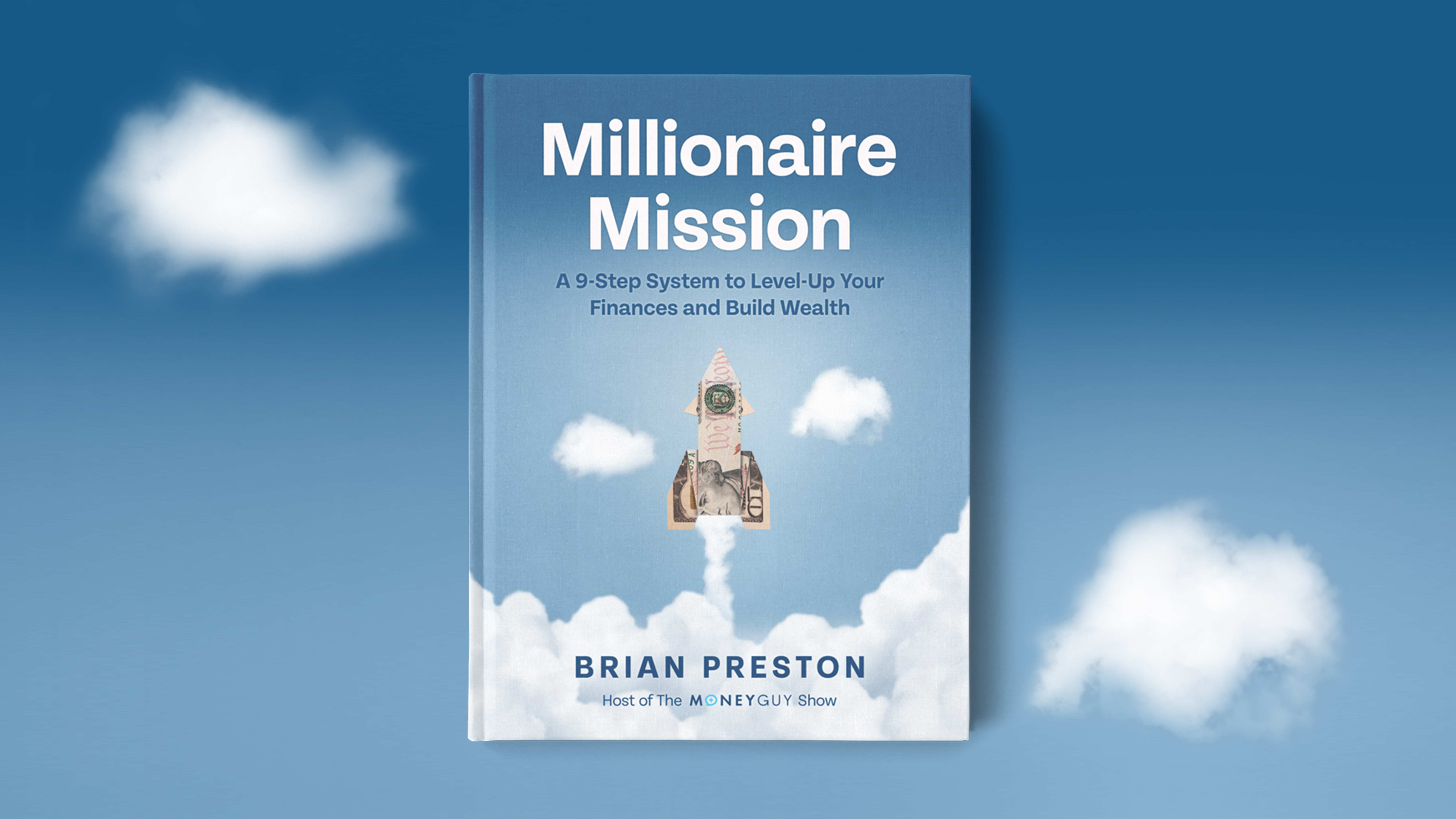
Change your life by
managing your money better.
Subscribe to our free weekly newsletter by entering your email address below.

Subscribe to our free weekly newsletter by entering your email address below.
Today, Brian and Bo tackle the risk that you take by sitting on the investment sidelines. They have been fielding a number of questions over the past few months covering this very topic. The moral of this episode is to get started doing something sooner rather than later so that you do not miss out on what the market has to offer.
Brian shared an interesting piece of data that showed if you invested $10,000 a year for 25 years during the period from September 1, 1929 to September 1, 1954 (the Great Depression), while the DOW only increased 2 points in overall value (381 to 383), your dollar-cost-averaged investment would be worth $1.5 million. This shows that during a period where the market did not really appreciate at all, there was still value in investing your money in the market. That equates to an annualized return of 11.7%.
So, with that information, there are a few factors that need to be considered:
Risk of Not Taking Risk:
Inflation risk: Inflation could be a factor in the near future, is your portfolio giving you the required appreciation to maintain your purchasing power? Ask yourself what one dollar today will buy for you in 10 years.
Outliving your money: If you and your spouse reach the age 65, there is a 50% chance that one of you will live past age 90.
Multi-Generational Housing: Beware of running out of money and having to move in with your children (not because you want to, but, because you have to). Make sure your army of dollars is working for you!
Strategies to combat the fear of uncertainty:
Things to consider when entering the market:
Interesting Facts:
– If inflation averaged 3% per year over a 25 year period it would cut your purchasing power in half!
– Current S&P 500 dividend yield is greater than a 10 year treasury bond.
Subscribe on these platforms or wherever you listen to podcasts! Turn on notifications to keep up with our new content, including:


Financial Order of Operations®: Maximize Your Army of Dollar Bills!
Here are the 9 steps you’ve been waiting for Building wealth is simple when you know what to do and…
View Resource
When Should I Claim Social Security?
Social Security can have big impacts on your retirement. But knowing when to draw Social Security can depend on a…
View Resource
The 5 Best Tools To Cover Life’s Greatest Financial Risks
Read MoreWhat To Do When the Stock Market Is Down
Read MoreHow To Prepare for a Bear Market in 2025
Read More

How about more sense and more money?
Check for blindspots and shift into the financial fast-lane. Join a community of like minded Financial Mutants as we accelerate our wealth building process and have fun while doing it.




It's like finding some change in the couch cushions.
Watch or listen every week to learn and apply financial strategies to grow your wealth and live your best life.
Subscribe to our free weekly newsletter by entering your email address below.